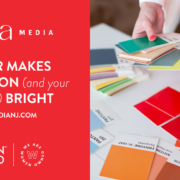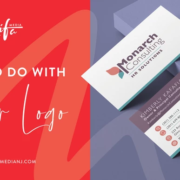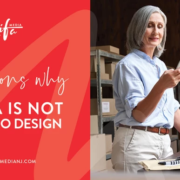Graphic Design Dictionary Digital Edition
Like my blog post with print design keywords, there are many terms used in the digital realm that can be consuming or need clarification. Here are the most used words.
RGB
This is the color mode used for digital design such as websites, email marketing, web
banners and more. RGB stands for red, green and blue.
Resolution/DPI
As mentioned in my previous blog (The Print Edition) 300 DPI is used for
print. When designing for digital pieces it's best to save at 72 DPI. Tip: With your websites
always make sure your images are at 72 versus 300 DPI. This will make the images smaller and
optimized for web making your website faster and liked by google.
PNG
This is a file format that is used for digital only, not print. PNGs can only be in RBG color
mode. What makes a PNG special is the ability to hold a transparent background.
Hex Code
This is a 6 digit number combination that web developers will use to determine a
color in HTML. Make sure to get your hex code from your logo colors.
Mobile Friendly
This relates to website design. Your website should be "Mobile Friendly"
meaning it looks good on your cell phone along with a desktop computer. This is very often
forgotten about which is bad since so many people today use their phone to go on websites.
Hover/Mouse over
Another term used for websites. Have you ever put your mouse pointer over
a button or image and it changes colors? That is what a hover/mouse over effect is.
Favicon: The small icon at the top left of your website tab. This is sized at 16×16 pixels.
Save for web: This term is used to make sure you are saving images for digital needs. So
remember images for web will be saved at 72 DPI and RGB color format.
UX
Also known as user experience. This is the interaction and experience users have such as
you and I with a website app etcetera
UI
Also known as user interface. This is the point of human computer interaction and
communication in a device. Examples of this include the design of a display screen, keyboard,
and mouse. This also includes how a user interacts with the application of a website.










